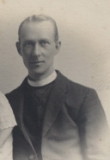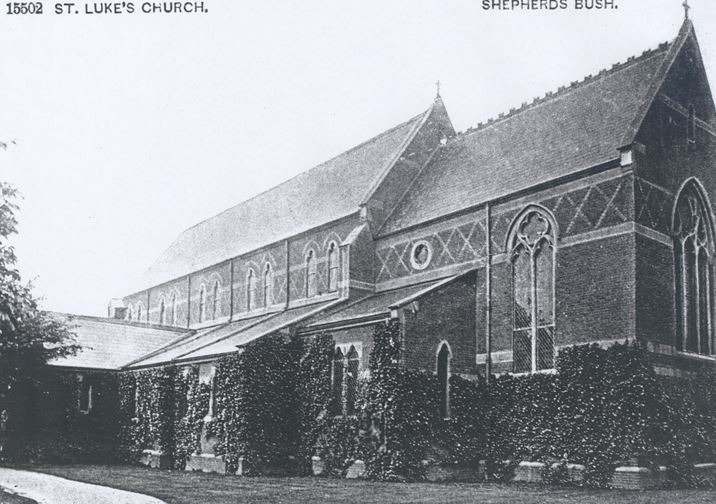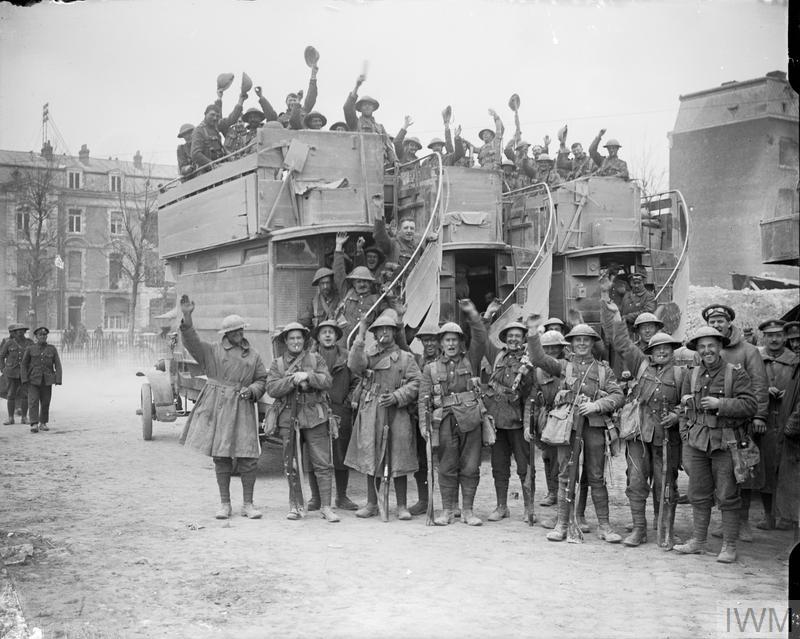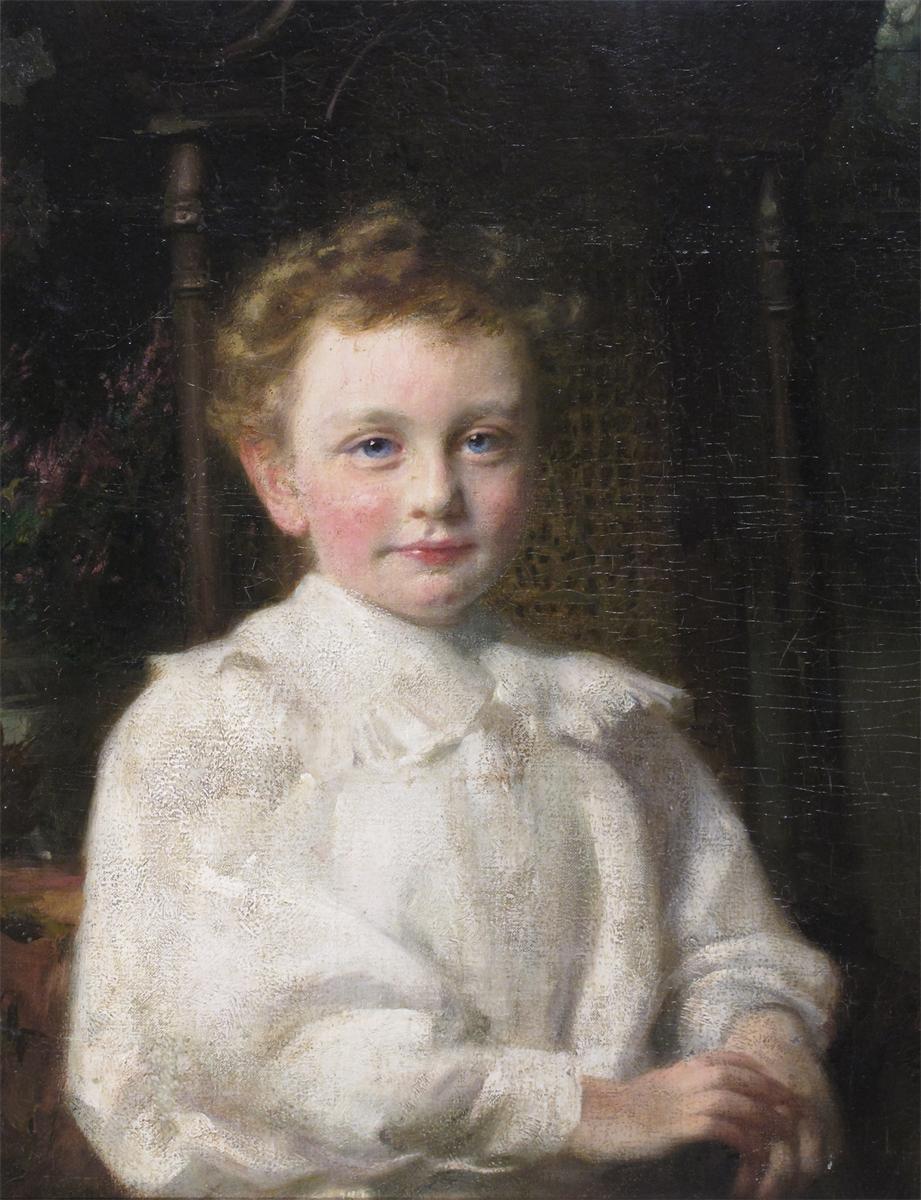Manley Frederic Ashwin

Manley Frederic Ashwin was born on 2nd July 1887 and was the son of a vicar. He attended Dulwich School prior to studying at Westminster, and successfully undertook the Challenge. He was admitted as a Queen’s Scholar in 1901. He left the school three years later, joining Pembroke College Cambridge and remaining there until 1909. In 1910, he followed in his father’s footsteps and was ordained, becoming Curate to the Pembroke College Mission in Surrey. In 1913, he married Marjorie Edith Morgan, who remained with him throughout his life.
He completed his Master’s Degree the following year, although from the start of the war there are limited documents pertaining to his role in military service. Records indicate he was a member of the Artists Rifles, like many Old Westminsters before him. As a member of the Artists Rifles he was a private, but beyond this it is difficult to trace the details of his role in service. He died of influenza on 19th December 1918, and is buried at Highgate Cemetery in London.








